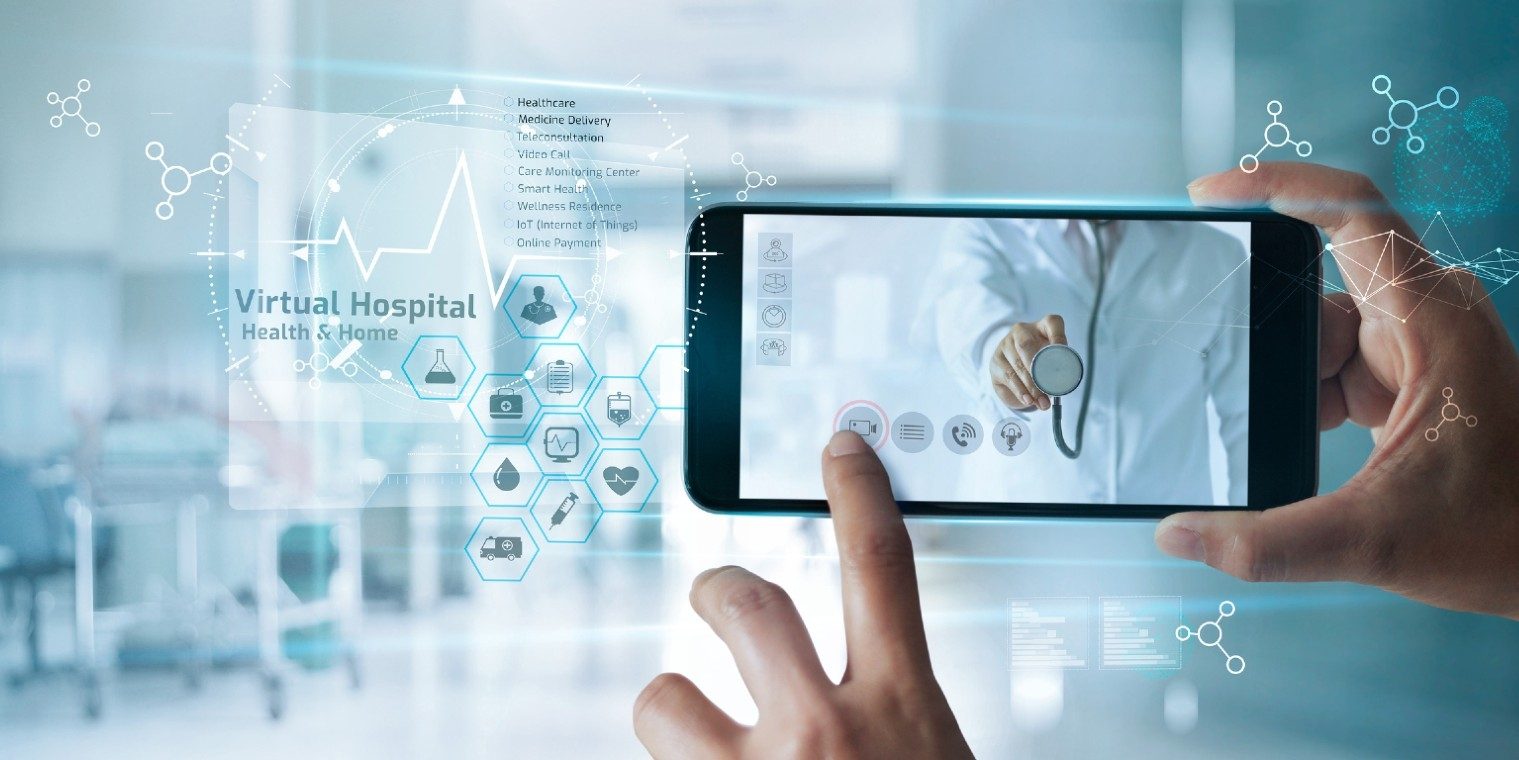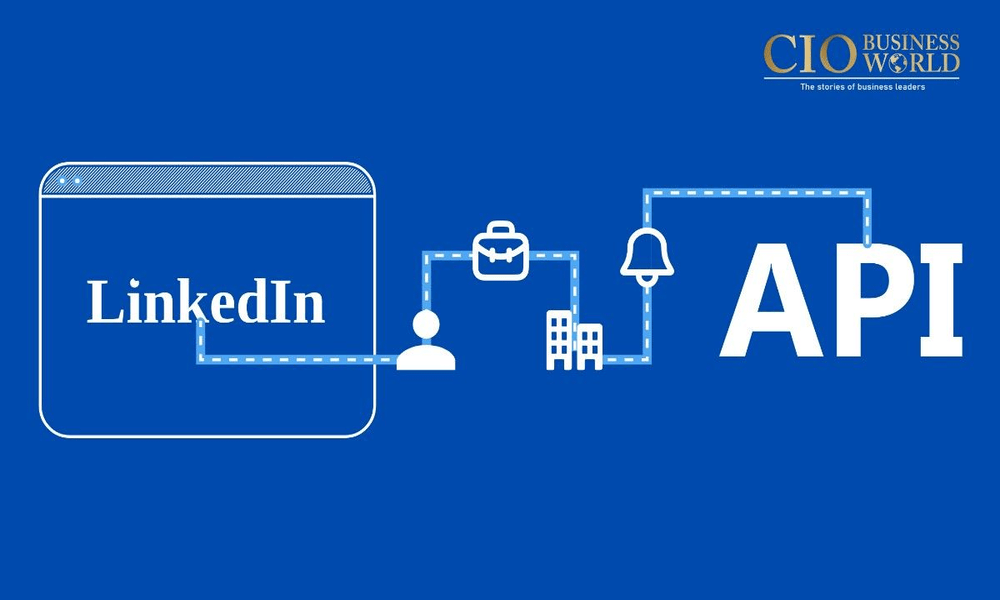Telemedicine has emerged as a transformative solution in the healthcare industry, transforming the way medical services are delivered. This approach involves the use of digital communication technologies to provide remote healthcare services, connecting patients and healthcare professionals virtually. The advantages of telemedicine are evident, offering increased access to healthcare, convenience, time and cost savings, chronic care management, and access to specialized expertise regardless of geographical boundaries.
However, telemedicine also faces challenges that must be addressed for its widespread adoption. The digital divide remains a significant concern, as not everyone has equal access to reliable internet and technology. Data security and privacy are paramount, considering the sensitive patient information involved. Regulatory complexities and the integration of telemedicine technologies with existing healthcare systems also pose hurdles.
Looking ahead, the future of telemedicine holds immense promise. Advancements in VR/AR technologies could enhance patient-doctor interactions. Artificial intelligence and data analytics may lead to more accurate diagnoses and personalized treatment plans. The Internet of Medical Things (IoMT) enables remote monitoring, while streamlined regulations and global collaborations can boost telemedicine’s impact.
In conclusion, telemedicine’s advantages offer a glimpse into a more accessible and efficient healthcare future. Addressing its challenges and embracing technological advancements will pave the way for a patient-centric, high-quality remote healthcare landscape, benefiting individuals worldwide.
The future of telemedicine is promising, with continuous advancements reshaping remote healthcare delivery.
Technological Innovations: Advancements in virtual reality (VR) and augmented reality (AR) technologies may provide more immersive telemedicine experiences, enhancing patient-doctor interactions.
AI and Data Analytics: Integration of artificial intelligence (AI) and data analytics can revolutionize telemedicine, enabling more accurate diagnoses and personalized treatment plans based on vast patient data.
Regulatory Improvements: Governments and healthcare authorities are likely to work on streamlined regulations to address telemedicine challenges and ensure patient safety and privacy.















